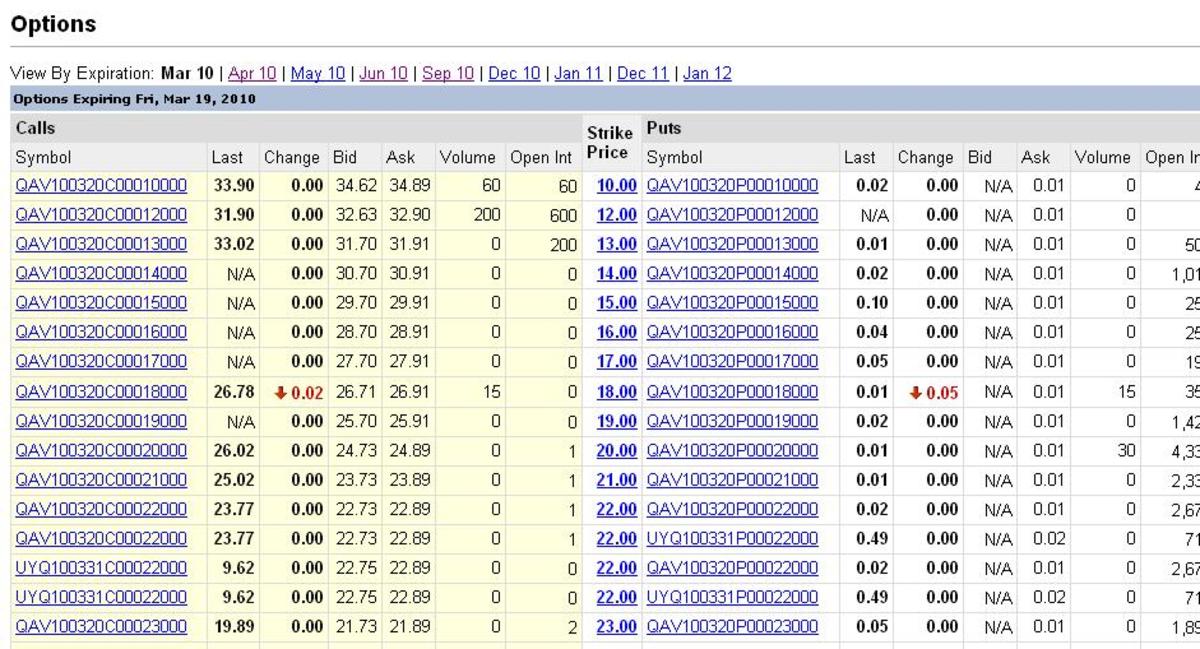Ten Top Tips to Cut Investment Expenses
Investments earn money; expenses cost money. Investment costs erode investment earnings, so minimizing those costs will preserve your earnings. This article assumes that you have already begun investing, either through a workplace 401(k), an IRA or non-retirement accounts. There is no-one to whom all ten of these tips apply. People’s aptitudes and skills vary, so some of the tips contradict each other. Some of these tips won’t work for you because certain assumptions don’t apply. Most people will understand when their circumstances warrant ignoring a particular tip. Some of you will know all of this, but may not be applying it as you know you should. Follow the links for more motivating resources. If you take away even one or two ideas that you want to pursue, the article will be worthwhile.


How to cut investment expenses
1. Mutual funds
Invest through mutual funds rather than in individual stocks and bonds. I won’t take the time to monitor individual investments as well as a mutual fund manager would. The benefit gained by trying to manage a diversified portfolio of stocks and bonds myself—if any—would be way out of proportion to the potential gain.
2. Index funds and ETFs
Invest through index funds and ETFs. Index funds do not have a fund manager (or a rather passive one). Instead, they are invested proportionally in a given stock market index which they purport to emulate. Low management fees mean low expense ratios, which are discussed more thoroughly in the next point. Investing in index funds is one of the easiest ways to look for funds with low expense ratios.
3. Low expense ratios
Look for funds with low expense ratios. The differences may be fractions of a percent. But don’t think about those fractions in comparison with your full 100% invested capital—that’s wrong. Think about that expense in relation to your expected gain or loss. For example, assume that fund 8888 earns 8% and has an expense ratio of 0.2% for a net gain of 7.8%. Assume that fund 9999 earns 9% with an expense ratio of 1.5% and a net gain of 7.5%. Fund 8888 with the lower expense ratio has a better net return than 9999 with its higher pre-expense gain. The difference would be more striking in a stock decline. It doesn’t always work out this way, of course, but expense ratios are a factor to consider.
Buy-low-sell-high: How-to
- Buy Low; Sell High: Opportunistic Rebalancing Without Guesswork
Even professional money-managers find it difficult to tell whether a stock is high and going down or low and going up. How is the average dude supposed to proceed if he wants something more than index funds or target funds? - Why You Can't Make Money Investing In The Market--Or Can You?
HLNs Clark Howard brought out an important topic on investing. He had received a letter from a watcher that asked if with the market doing so well, is this a good time to...
4. Buy-low-sell-high
Buy-low-sell-high means that when an investment has been doing rather poorly, you should probably buy more. Resist the urge to sell in order to cut your losses—all that would do is sell low and lock in your loss just when the investment has the best growth potential.
Conversely, it means that when an investment has been doing rather well, you should probably skim off some of those profits. By all means, resist the temptation to put more money into it when it is so high—the chances are good that it is eventually going to dip below the current level, and you don’t want to have bought at the inflated prices.
Buy-low-sell-high is contrary to our natural instinct. It takes discipline. There are various approaches to help with this.
5. Dollar-cost averaging
Invest only through dollar-cost-averaging. It involves investing a given dollar amount on set intervals, e.g. $100 every Friday or $500 automatic withholding from every monthly paycheck. This has several advantages. It can be set up as an automatic transaction just like a mortgage payment from your bank account or income tax deduction from your paycheck. It avoids the risk of investing a lump sum when the market is high. Some of your money will be invested near market highs, but some near market lows.
While DCA is a good way to invest, it is a poor way to divest. A better way to gradually withdraw from an investment is the inverse, called value averaging. Selling just enough of an investment each month to net, say, $1,000, will have you selling fewer shares when the value is high, but more shares when the value is low.
6. Never chase returns
Chasing returns is the error of “buying high” that was discussed above. If you choose to invest when you see that a particular investment is in the news because it has been doing exceptionally well, you are chasing the high investment return. High returns are almost always followed by low returns. An investment can only go so high before it dips, corrects or plummets, depending on how fast and how far it goes. If you always invest when the wave (think seashore) has crested and is about to crash onto the beach, you’ll lose money.
Investment tips poll
Which of these tips do you find most useful?
7. Portfolio allocation
Allocate your portfolio according to a pre-determined and diversified plan. The plan should be customized for you. If you don’t know what you’re doing, then get advice or help. Don’t change the plan in response to market changes or the economy. Change the plan only when circumstances or philosophy change (yours, not some guru’s). If you do decide to change the allocation of your portfolio, do so gradually, stepwise, in a manner similar to dollar-cost-averaging and value averaging.
8. No-fee brokerage houses
If you buy individual stocks and bonds instead of, or in addition to, mutual funds, you will need to go through a brokerage house. There are several that offer free trades if you stick to certain limits: online with no personal assistance, fewer than 100 trades per year, if your account is greater than $25,000, if you have checking or credit card accounts with their parent bank, etc. This can be a great savings instead of paying a fee for each individual trade.
9. Look often; rebalance less
Over time, some investments will do better than others and your portfolio will drift out-of-balance from your target allocation. Many experts recommend evaluating quarterly or semi-annually and rebalancing to bring each allocation back to your ideal target. Statistically, the best results can be achieved when you evaluate portfolio allocations every two weeks and then only rebalance any allocation that is off by 20%. This is described thoroughly in a related article that advocates look often; rebalance less.
10. Discuss investments regularly with someone
I talk with my brother 1) because he likes to discuss finances and investments, and 2) because his principles differ considerably from mine. He challenges me to stand up for my actions. If I can't defend something, is it really the right choice? If you can’t do this in person or by email, there are forums on the websites of all of the major investment institutions as well as here on this site.









